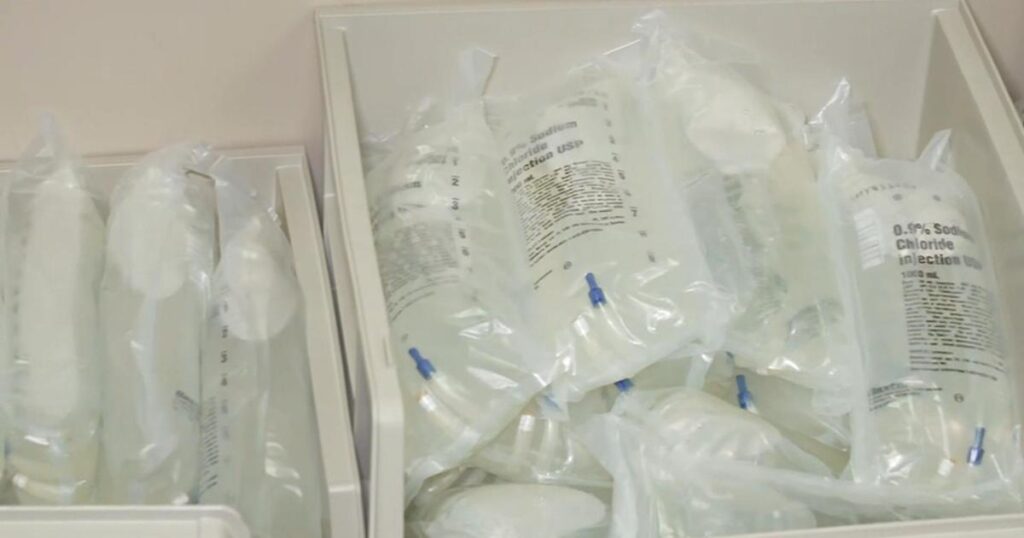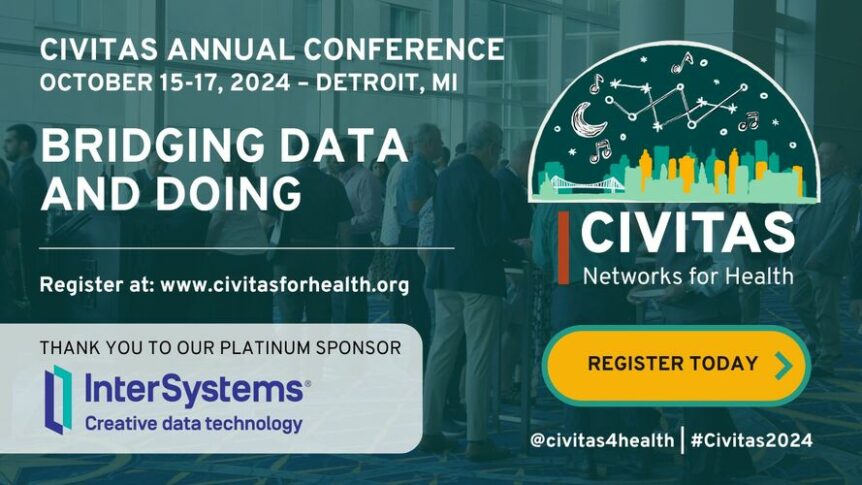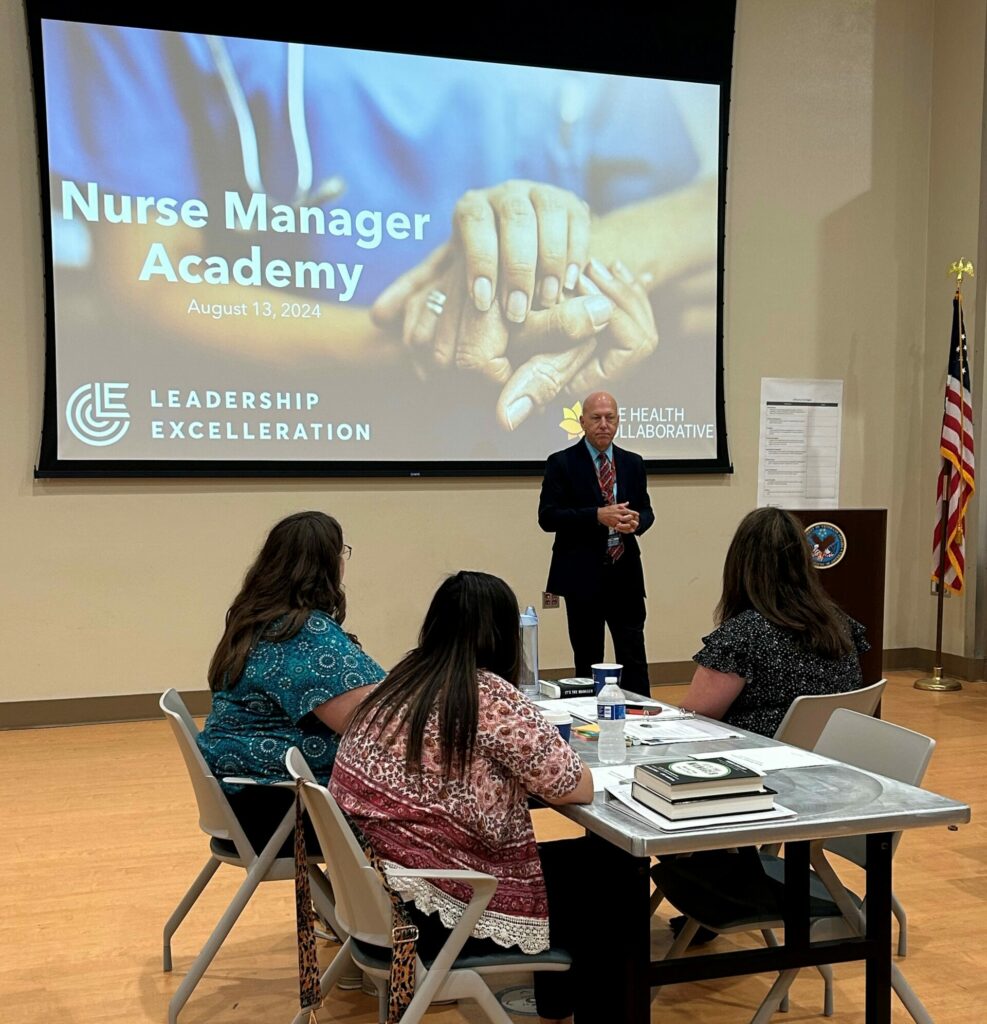Proactive Monitoring Allows for Better Care, Lower Costs in Cincinnati Region
By Ben Dawson, Data & Informatics Analyst, and Perry Ellington, Product Manager
The COVID-19 crisis has uncovered many fractures in the American healthcare system including the challenges around sharing data. But in the Greater Cincinnati region, The Health Collaborative (THC) informatics team has been working collaboratively with our regional partners to seamlessly share information to better monitor, plan and address challenges related to the current pandemic.
THC’s infrastructure & data analysis team has recently implemented new health information exchange (HIE) processes and systems in response to the unique and timely needs created by the COVID-19 pandemic. From monitoring the spread to hot spot surveillance to tracking individual patient medications, shared data helps to identify techniques that improve medical outcomes while disseminating critical information to physicians in real time.
Analyzing the Spread
In partnership with the region’s leading health systems, THC has been leveraging the data received from a wide variety of sources to track COVID-19 cases in the Cincinnati area. This data has given the community greater insight into the spread of the virus, as well testing capabilities in terms of volume. By comparing the number of tests performed with the number of positive cases, THC has been able to provide estimates of the positive percentage rate of tests administered.
Using MPI and geocoding technologies, the THC team has been able to provide analysis of the spread of the virus in geographies more granular than what is available through public health organizations. The result has been the ability to identify potential “hot spots” within the community, information that is shared with local health providers to better inform their response to the pandemic.
The granularity of the data has also given THC the ability to measure disparities within the community, according to Ben Dawson, Data & Informatics Analyst. Whether it be differences between access to care in rural vs. urban environments, or differences in testing/positive-diagnosis rates among separate race/ethnicity groups, the data is helping to guide strategies to better care for vulnerable populations. o helps our community through the COVID-19 pandemic.
“One thing that has given me great hope during this pandemic is watching our community come together in times of need,” Dawson shared. “Working with healthcare providers and analysts at different health systems throughout Cincinnati has shown me not only the great knowledge and expertise we have in our region, but the willingness to work together and share resources and information in order to attain a common goal.”
Proactive Monitoring: Beyond COVID-19
In the past few months, the THC team has also built the ability to send any particular test type, or test result, to healthcare providers receiving alerts when their patients seek care. Soon the project will see the completion of full transcription parsing to retrieve ICD-10 diagnostic codes and other discrete data from the patient chart, such as height and weight. In addition, the recent COVID-19 experience has taught the team a good deal about linking claims and clinical data together.
Combining all this together allows for more proactive monitoring, a benefit to both providers and payers who are striving to improve quality of care and outcomes in a large panel of patients.
For instance, an Emergency Department doctor prescribes a beta blocker, unaware that her patient is type-2 diabetic. The patient’s primary care physician (PCP) needs to know about this as beta blockers reduce effectiveness of diabetic control drugs. An alert notification immediately allows the PCP to follow up quickly with the patient and attending physician.
In another example, a type-2 diabetic exhibits rapid weight fluctuation. The patient was last seen by PCP for annual checkup, and her record notes her weight at 180lbs. Three months later they check into ED for a broken toe and weight is noted at 160lbs. The PCP is notified of the weight discrepancy immediately allowing for an urgent intervention.
“In just a few weeks, partners from healthcare systems, health departments, and The Health Collaborative have enabled a regional surveillance approach to help our community optimize epidemic control,” remarked Andy Beck, MD, MPH, who has been serving on the regional data surveillance workgroup. Dr. Beck is with Cincinnati Children’s Hospital Medical Center and has served in this joint effort between THC and Children’s since the early days of the pandemic response in March.
Learn more about the role HIEs play and the role states play in response to COVID-19.For more information about proactive monitoring and other health data products and services from The Health Collaborative, please contact Senior Account Manager Sean Flynn: sflynn@healthcollab.org.







